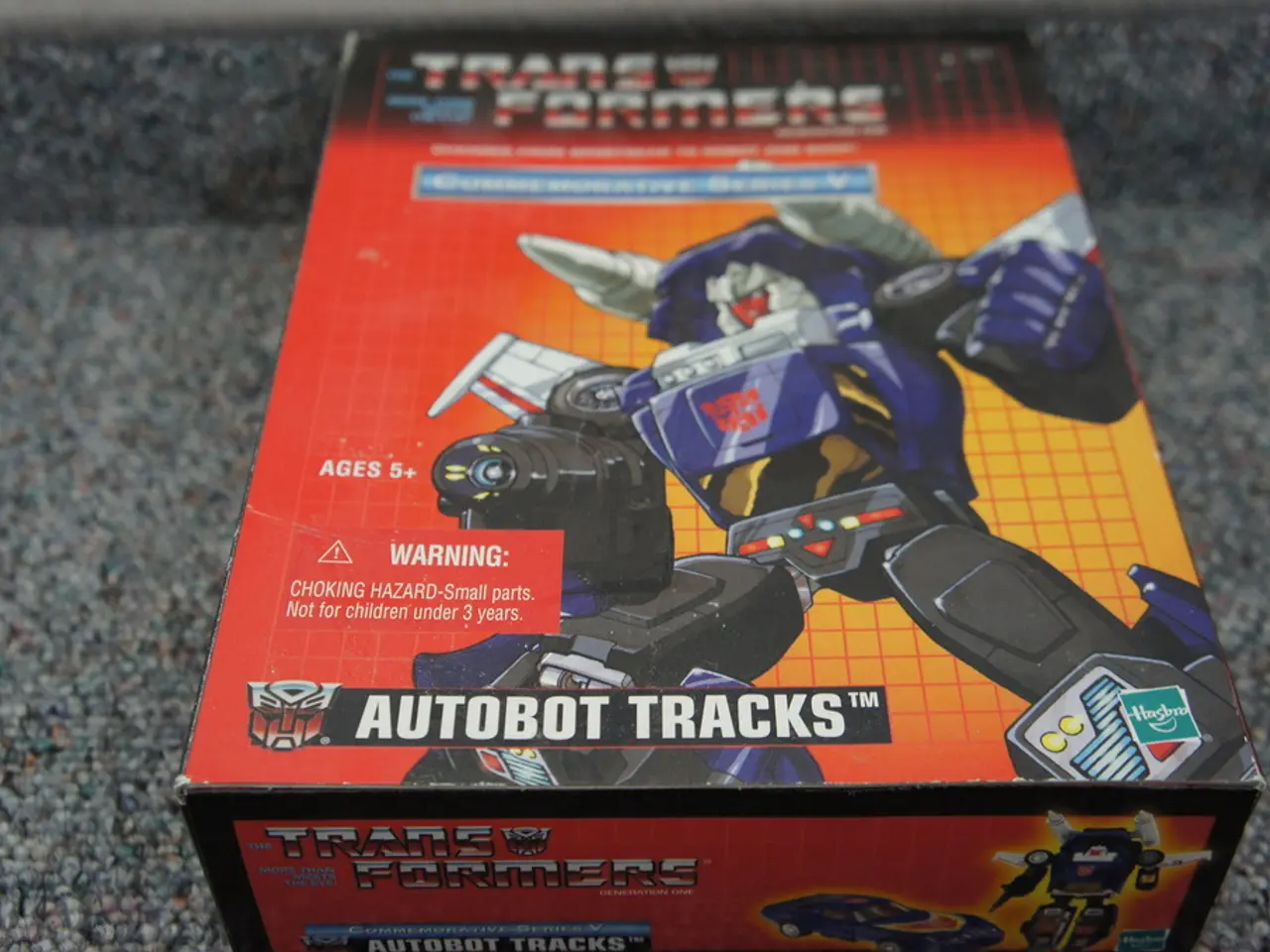Artificial Intelligence integrated into safety processes by Schneider Electric, aiming to minimize risks and hazards.
Schneider Electric, a global leader in energy management and automation, has announced a new patent for harnessing artificial intelligence (AI) to reduce the likelihood of process safety hazards in industrial automation. This innovative approach is part of an initiative to enhance functional safety using AI.
The AI system, developed by Schneider's EcoStruxure Triconex Safety team, automates the hazard process analysis with artificial intelligence. It aims to prevent dangerous conditions by using a process hazard analysis tool, creating a more rigorous and robust HAZOP study.
With the growing interest in combining human ingenuity in functional safety analysis with reinforcement learning, this patent represents a significant step forward in the integration of AI in industrial safety management.
Real-time Data for Enhanced Process Safety Management
The patent allows for the simulation of hazards with varying conditions, enabling process safety management to take advantage of industrial, real-time data to revalidate HAZOP studies. This approach can potentially save lives by identifying and preventing industrial hazards.
Schneider Electric's AI innovation automatically or semi-automatically analyzes potential process hazards and validates protection mechanisms. It can generate more combinations of scenarios and deviations than what was humanly possible before, increasing the thoroughness and accuracy of the hazard analysis.
AI Vision Safety Systems and Industrial Copilot AI
Schneider Electric leverages AI primarily through embedded edge AI and intelligent vision sensors. Key implementations include AI Vision Safety Systems, which partner with Sony Semiconductor Solutions to integrate Sony’s intelligent vision sensor (IMX500) with Schneider’s industrial computers (PS6000 series). This setup uses on-device AI processing to monitor workplaces, detecting whether workers wear required safety gear and alerting supervisors instantly.
Another implementation is Schneider’s Industrial Copilot software, which uses AI to streamline automation engineering, including identifying risks in legacy systems and automating testing. While more focused on process development efficiency, it indirectly enhances safety by enabling faster and more accurate adjustments to control systems that oversee industrial processes.
Edge and Embedded AI
By embedding AI directly in devices at the edge, Schneider ensures critical safety and operational decisions occur locally in real time. This reduces latency and dependence on connectivity, enhancing responsiveness to hazards.
Human-AI Collaboration and Explainability
Schneider emphasizes AI designs that include domain expertise and operate within human-established parameters, enabling safe autonomous decision-making that augments rather than replaces human oversight. This contributes to trust and reliability in AI safety systems.
The Future of Industrial Safety with AI
As more industries embrace digital transformation, the advantages of implementing AI in day-to-day operations increase. Schneider Electric's AI-driven sensors and embedded intelligence provide real-time hazard detection, compliance monitoring, and control automation, bridging human-machine collaboration for safer, more efficient industrial automation. This approach advances traditional safety by integrating AI processing at the edge and combining it with industrial computing and software platforms tailored for factory floor operations.
References
- Schneider Electric. (2021). AI-powered safety monitoring for industrial automation. Retrieved from https://www.se.com/us/en/about-us/news/ai-powered-safety-monitoring-for-industrial-automation/
- Schneider Electric. (2020). Schneider Electric’s Industrial Copilot software to streamline automation engineering. Retrieved from https://www.se.com/us/en/about-us/news/schneider-electric-s-industrial-copilot-software-to-streamline-automation-engineering/
- Schneider Electric. (2021). Schneider Electric and Sony Semiconductor Solutions partner to create new vision safety systems. Retrieved from https://www.se.com/us/en/about-us/news/schneider-electric-and-sony-semiconductor-solutions-partner-to-create-new-vision-safety-systems/
- Schneider Electric. (2020). Schneider Electric and NVIDIA collaborate to accelerate edge AI adoption. Retrieved from https://www.se.com/us/en/about-us/news/schneider-electric-and-nvidia-collaborate-to-accelerate-edge-ai-adoption/
- Schneider Electric. (2021). Schneider Electric announces three new patents for AI-powered functional safety lifecycle. Retrieved from https://www.se.com/us/en/about-us/news/schneider-electric-announces-three-new-patents-for-ai-powered-functional-safety-lifecycle/
The AI system from Schneider Electric's EcoStruxure Triconex Safety team utilizes artificial intelligence to automate and enhance the process safety analysis for industrial automation. It simulates hazards with varying conditions to revalidate HAZOP studies using real-time data, potentially saving lives by identifying and preventing industrial hazards.
Schneider Electric integrates artificial intelligence primarily at the edge through embedded edge AI and intelligent vision sensors, such as the AI Vision Safety Systems, which collaborate with Sony Semiconductor Solutions to detect whether workers are wearing required safety gear in industrial workplaces. This collaboration is a significant component of the future of industrial safety with AI.




